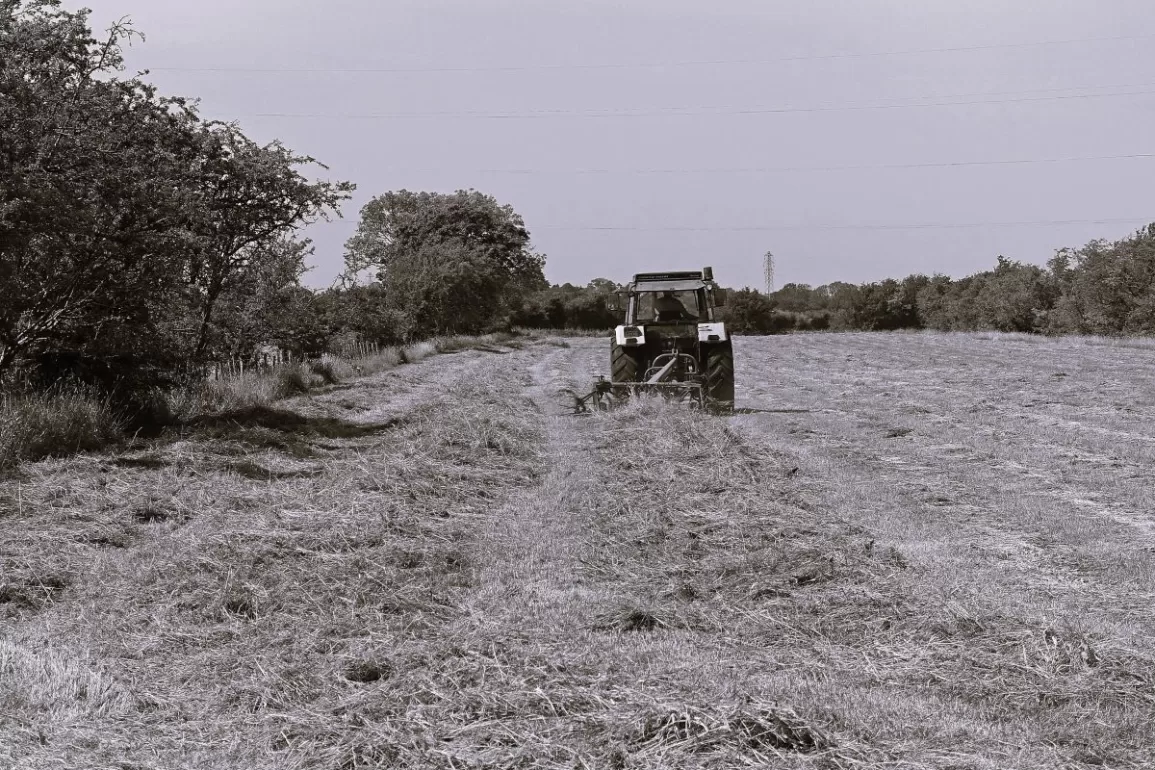All Flesh Is Grass The days passed quickly, back then, though some hours lingered in that hot hospital room, waiting, watching my father. Awake, he’d talk about the farm, go over the pattern of the fields, their names. I’ve an old photo of him in the lane, with his own father, already white haired, a dog and the horse yoked to a cart – dad aged fourteen, when he escaped school at the earliest age he could, for the farm…....

